Earlier this month, I had the incredible opportunity to attend the 21st Sicilia En Primeur, a press event sponsored by Assovini that allowed me to explore not only the terroir of the region, but the opportunity to taste over 300 wines. Over the course of the week, I was immersed in the rich culture, history, and diversity of one of Italy’s most dynamic wine regions. It was my first visit to Sicily and it did not disappoint!
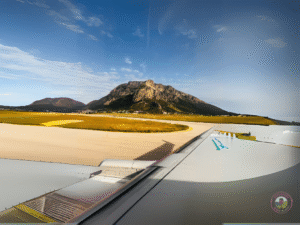
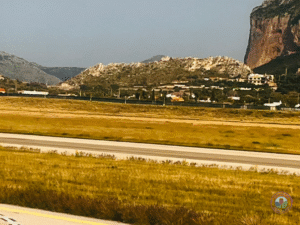
Our first day allowed me to step back into a time machine. We were asked to choose one of several tours prior to arrival. As soon as I saw Roman ruins, I was on board! We began the day traveling to the ancient site of Segesta, where the unfinished yet absolutely stunning temple stands tall among sweeping views. It always impresses me how such architectural marvels were constructed so long ago. We were treated to a private guide that hit it out of the park with her knowledge and enthusiasm. The sheer beauty of this doric temple built by the Elymians, the indigenous Sicilian people who also founded Erice, and knowledge that we were walking on the same soil as these people were almost 2,500 years ago is mesmerizing.

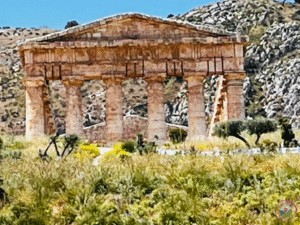
From there, we traveled to Fazio Winery, located in DOC Erise. We were treated like family and learned of their sixty year history. Their focus is on the vineyards, with 70 ha of land (60 ha of vines and 10 ha of olives.) They are organic and produce mostly white wines. Their Sparkling Blanc de Blanc was the perfect welcoming glass, as we took to the dirt roads and enjoyed the beautiful views of the vineyards.
It was easy to feel the warmth of the family and the passion behind the wines made the tasting truly memorable. The day continued with a heartwarming traditional Sicilian dinner—full of incredible flavors, a lot of laughter, and amazing hospitality. We ended the day at the stunning Hotel Dome (named for its view of the seven domes in the area). After this first day, I understood the saying: Sicilia, sei magia—Sicily, you are magic.
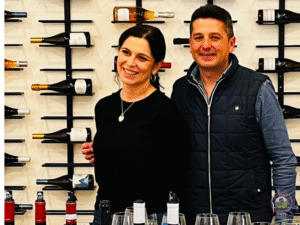

There was so much to see on day one, but this was truly just the beginning. We were whisked away to diffferent wineries were we had a private tasting and spoke with each of the winemakers. Each encounter provided a deeper look into the region and an broader understanding of what makes Sicily special.
We continued our exploration of Marsala on day two with our visit to Caruso and Minini where there’s a “symbiotic relationship between nature and the winemaker.” We were greeted by Andrea and Joanna, a lovely husband and wife team. Caruso and Minini winery is certified Carbon and water sustainable and, as explained, has a climate similar to Châteauneuf-du-Pape. The wines impart a beautiful salinity, thanks to the wind coming from the ocean and a notable minerality due to the tofu stone. It was here that I found a new love; Perricone! One of the most ancient varieties on the western side of Sicily. It is a difficult grape to grow and subsequently the majority of the vines were ripped up and planted to a more “friendly” variety, but they thankfully have maintained 5 ha.
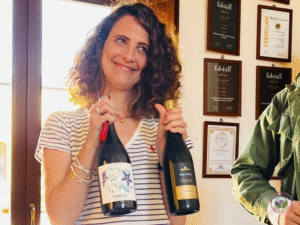
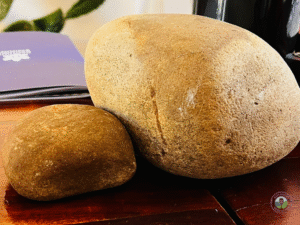
Our next visit took us to the birthplace of Marsala, Cantine Pelligrino 1880, home of Marsala. This historical wine is produced using native white grapes such as Grillo, Catarratto, and Inzolia. After fermentation, the wine is fortified with a neutral grape spirit (usually brandy), which increases its alcohol content and halts fermentation. The wine is then aged in wooden casks, sometimes for years.
Today, the Pellegrino family (now in the sixth generation) continues to carry forward the vision that began over 140 years ago by their patriarch Paulo. Now in its sixth generation, the family remains deeply rooted in the heart of Marsala. The family has estates across Sicily dedicated to cultivating indigenous grape varieties matched to the grape best suited to its microclimate and soil.
After an exceptional tour of the Ouverture wine tasting building which is home to an archaeological site from the Punic era, a reminder of how deeply intertwined Sicilian wine is with the island’s ancient past, we had a tasting followed by a magnificent lunch with a view of the region.
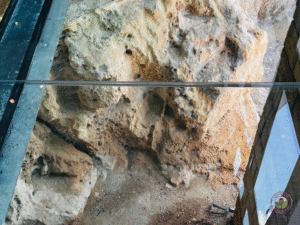

We then hopped back into our van and headed to Favara where we spent the night at the Alba Palace Hotel. Our dinner was hosted by Cristo di Campobello. The family-owned winey is located in Campobello di Licata, in Sicily’s Agrigento province. Established in 2000 by the Bonetta family, the estate spans 50 hectares, of which 30 hectares are under vine. Upon arriving at the table there were samples of the calcareous and chalky soils (one may have found its way into my bag.) Their terroir benefits from a Mediterranean climate, characterized by hot, arid summers tempered by cool breezes from the nearby Sicilian Channel.
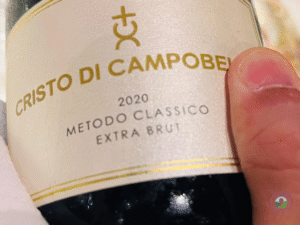

The next day we continued our winery visits with Tenute Navarra. Among their 175 ha of property, they grow not only grapes but also almonds and olives. This visit allowed us to see a different side of Sicilian wineries – a newer winery. Although the facility was built in the early 19th century, it was abandoned for over twenty years until the family purchased it in 2019 and began planting in 2020.
Located in DOCG Cerasuolo di Vittoria region, the family is committed to sustainability. We were brought to the vineyards for a short stroll through the vines before sitting down for a tasting among the vines that grow the fruit in our glasses. We were introduced to their three lines of wine. The art line which is “characterised by the feelings of the founder and our land, the landscapes’ shades, the rich traditions.” The premium line includes Cerasuolo di Vittoria DOCG – the only Sicilian DOCG and the fun line that “expresses freshness in all its aspects.”
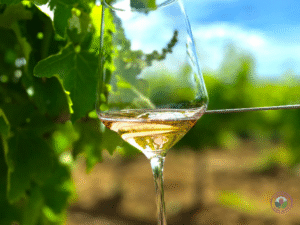
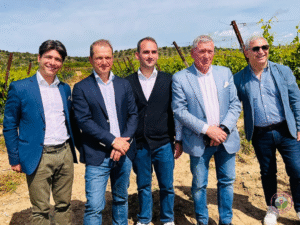
Our final winery visit was to Feudo Principi du Butera in the province of Caltanissetta, within the Riesi DOC appellation. We were greeted with a white Nero d’Avola Classic Method Sparkling wine while we admired a view of the vineyards. The conversation began with an introduction to the soils; clay, limestone and white calcareous. These soils are translated into the wines.
We learned how the historic Sicilian wine estate‘s origins trace back to the 16th century when it was owned by noble families, including Sicily’s first prince, Ambrogio Branciforte. With 320 hectares of which 170 hectares are dedicated to vineyards and 3,000 olive trees, Principi di Butera benefits from a Mediterranean climate and a diurnal shift of up to 15oC.
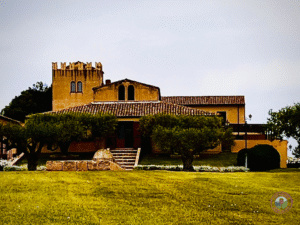
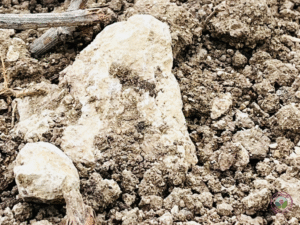
Afterwards, we began our trek to Modica where we will meet up with the other journalists. We arrived at Modica Beach Resort and took a quick dip in the Mediterannean Sea, before heading to the welcome dinner at Corallo Lido in Marina di Modica. We were treated to a wonderful meal, fantastic conversation and of course spectacular wines. I am so lucky to have had the BEST tour group. We had a blast with loads conversations and laughs.

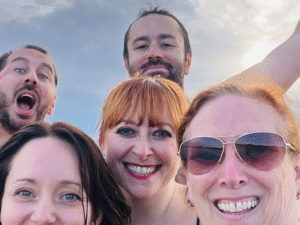
Although its time to end this post, my Sicilia En Primeur adventure is far from over—there are still two exciting days to come! Next up, we headed to the stunning Castello dei Conti, where the experience continued with a day of grand tastings and educational seminars, followed by a lively “speed tasting” an event that kept me and my palate on my toes moving table to table. Afterwards, we made our way to Ragusa for a guided city tour and some very special surprises. Then sadly it was off to Catania for one final night to revel in the spirit of Sicily before saying arrivederci.
Stay tuned for the next post where I’ll share all the highlights—and in the meantime, head over to my Instagram to catch some amazing photos and videos from my journey!
~Slàinte!
I invite you to follow me on Instagram, Twitter, Facebook Threads and Youtube for all things wine. I’ll never tell you what to drink, but I’ll always share what’s in my glass. Please subscribe to my blog by entering your email address under “Subscribe to Blog by Email” in the right hand column.



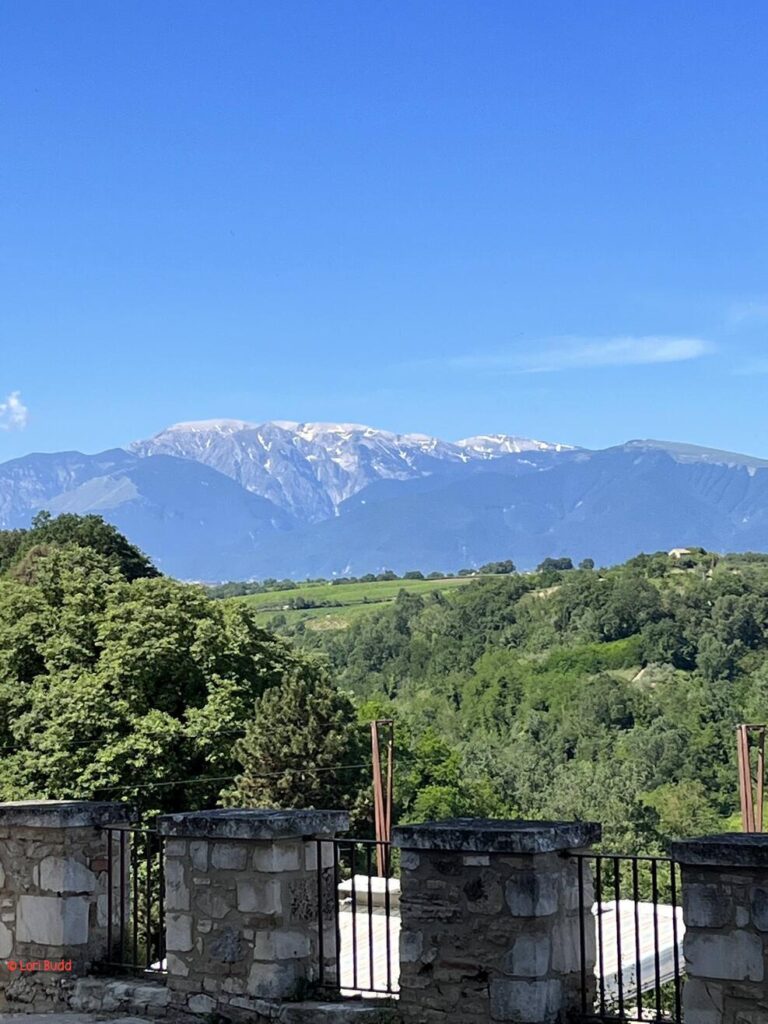
I followed your trip on IG, what a fantastique time you had Lori!
thank you so much Lynn. It was a great experience. I am hoping to connect with an online journal to write an article about an almost extinct grape variety.